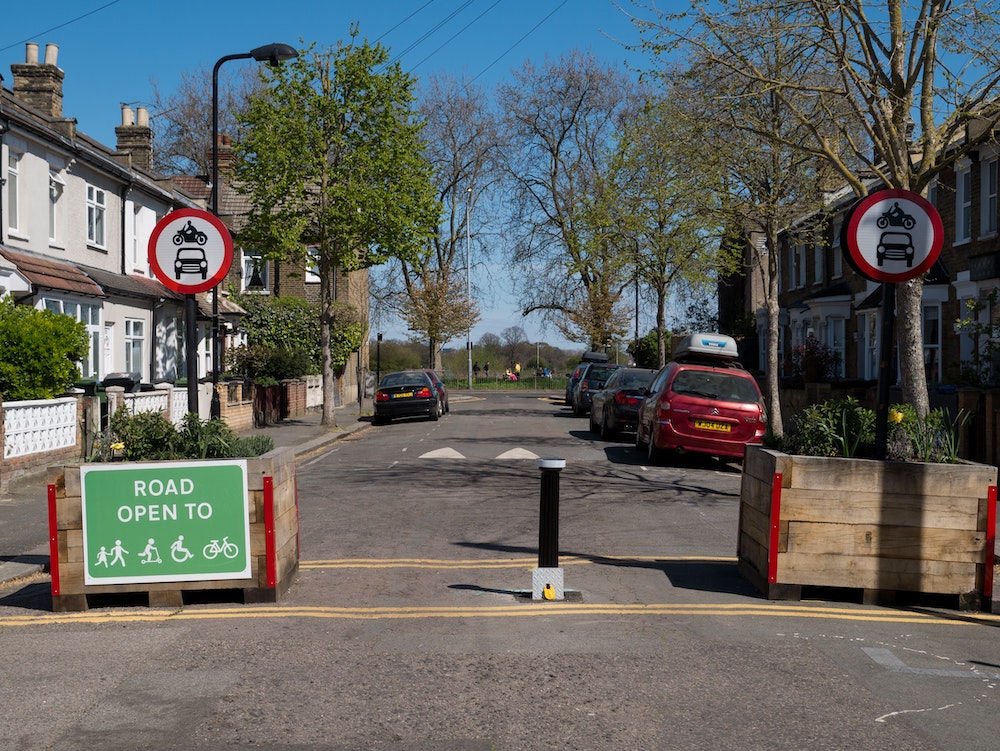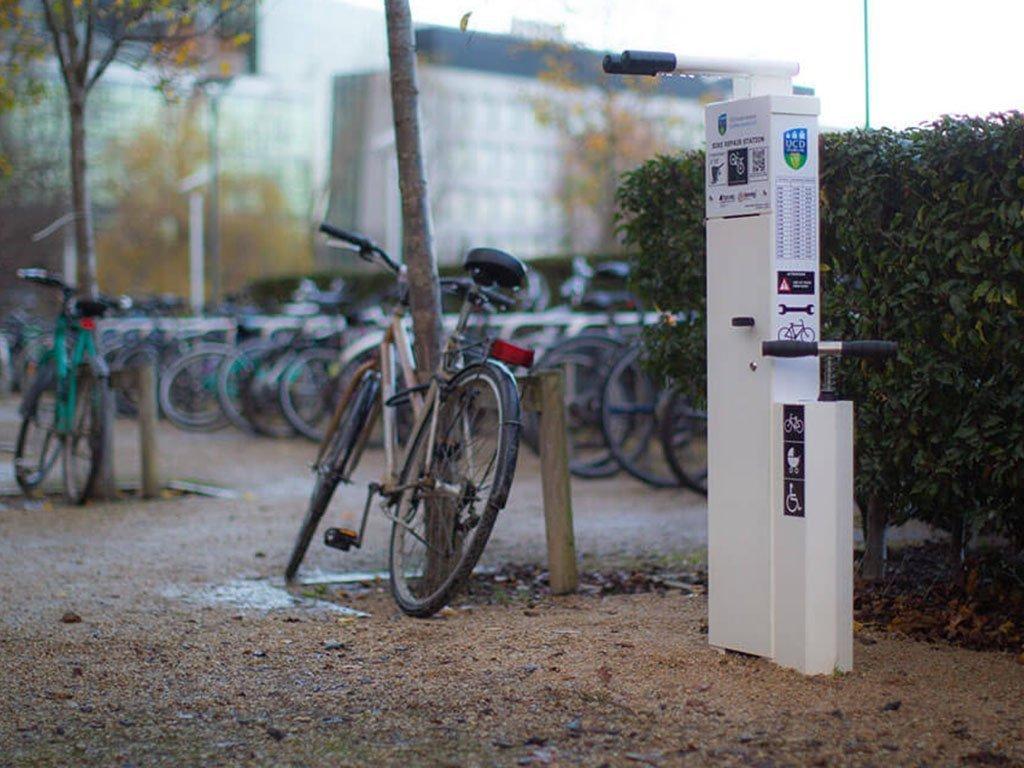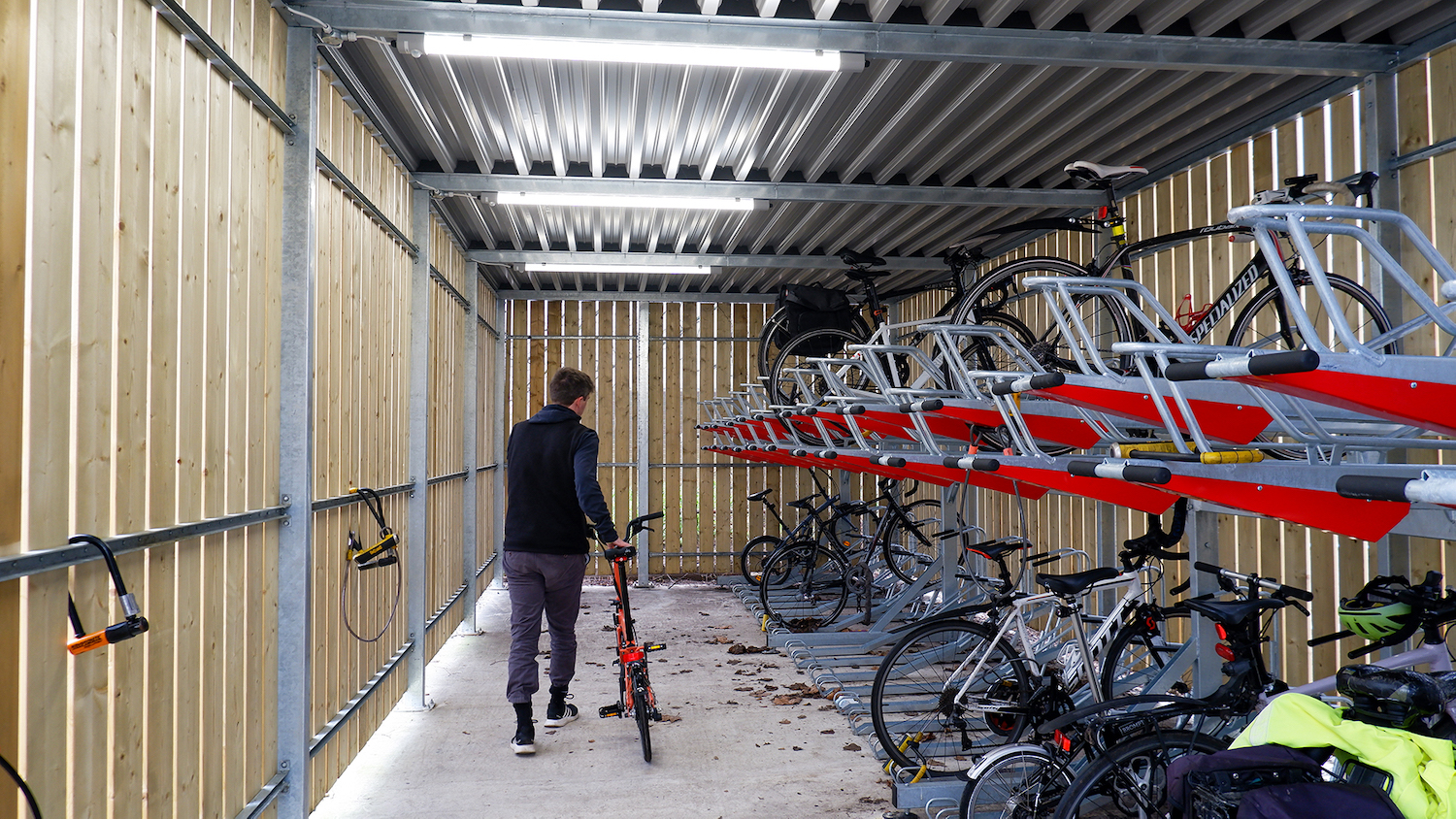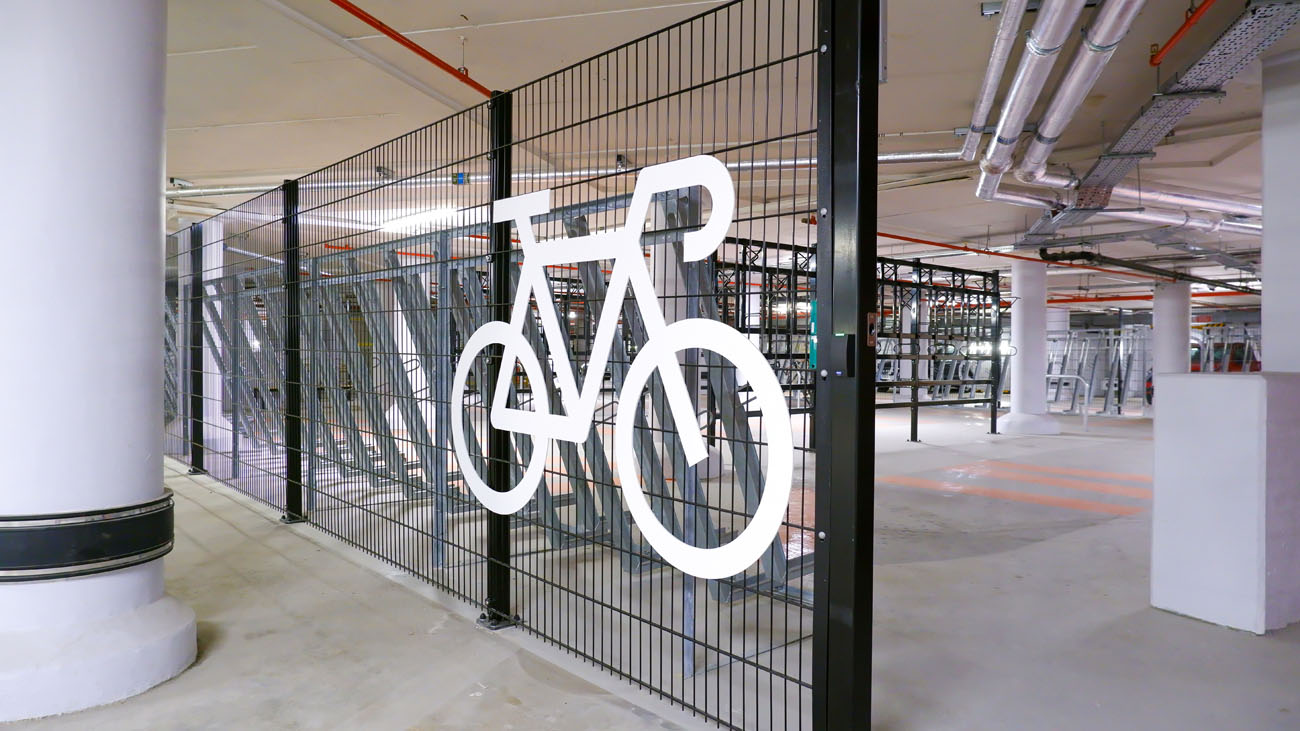95% of transport is still powered by oil. Over a third of carbon dioxide emissions in Europe come from transport. Most of that is land transportation, and within that chunk, the majority is car usage.
We can be under no illusions that tackling CO₂ emissions requires tackling our day to day mobility, and specifically reducing car use.
The research paper by Brand et. al asked 4,000 people across seven cities – Antwerp, Barcelona, London, Zurich, Rome, Vienna, and Örebro – to fill in travel diaries for a week.
From this they were able to put together an emissions breakdown for each person which also took into account life cycle carbon emissions which accounts for manufacturing processes, maintenance, and recycling.
It found that the difference between those who cycle at least once a day versus those who don’t at all was 84% in terms of daily carbon footprint.
By scaling this to longer time frames, over the entirety of Europe, assuming that just 1 in 5 cycle once a week, that equates to a total of 8% reduction in carbon emissions by cars.
More people switching journeys from car to cycling or walking also means benefits elsewhere.
We know the health benefits of cycling and walking, the positive impact on air pollution, and how designing our urban areas with more green spaces has great potential.
Policymaking and the role of cycle parking
For policymakers to drive home the importance of installing cycling and walking friendly infrastructure, or to confidently curtail car use, they need empirical evidence.
It is this research’s hope that now they are better tooled to approve plans that can help active mobility thrive:
“Locking in, investing in, and promoting active travel should be a cornerstone of sustainability strategies, policies and planning to meet our very challenging sustainable development goals that are unlikely to be met without significant mode shift to sustainable transport.”
When it comes to cycle parking, we know how by installing better bike storage, businesses can better encourage their employees to commute actively.
It all forms part of a picture where cycling and walking are made easier and simpler by improved infrastructure and facilities.You can read the team’s full research paper here.





